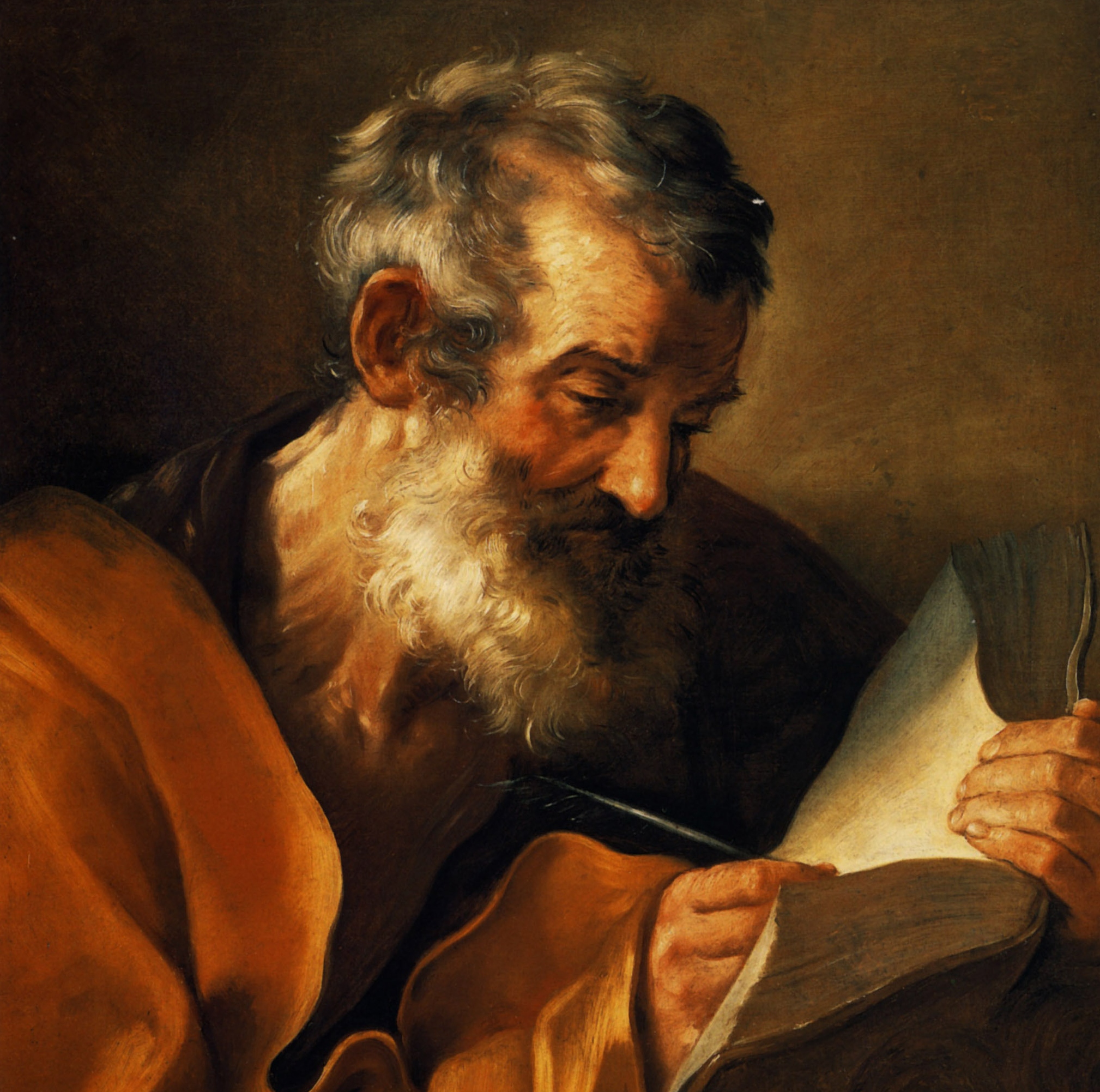The National Museum of the Philippines is set to declare Cebu City’s centuries-old Basilica Minore del Sto Niño and its image of the child Jesus as “national cultural treasures”.
National Historical Commission of the Philippines chair Rene Escalante made the announcement during a recent webinar series on the history of Christianity in the country.
“This stature is the highest recognition the State can give to such historically and culturally-significant heritage of the Filipino people,” Escalante said.
He said the official declaration will be held on April 14, in time for the opening of the year-long commemoration of the 500 Years of Christianity in the Philippines.
The day will also mark the 500th anniversary of the first baptism in Asia’s bastion of Christianity.
To highlight the celebration, there will be a reenactment of the historic event and 500 children with special needs will be baptized at the basilica.
The archdiocese has earlier announced that Archbishop Charles John Brown, Apostolic Nuncio to the Philippines, will be in Cebu to grace the occasion.
The convent and the Church of the Sto. Niño de Cebu was founded by Fr. Andres de Urdaneta on April 28, 1565, the very day the Legazpi-Urdaneta expedition arrived on the island, according to the basilica’s website. On May 8 of the same year, when Legaspi and his men planned the urbanization of the city, they allotted a “place for the church and the convent of San Agustin, “where the Santo Niño image had been found.”
In 1599, the convent was made a house of studies of grammar, headed by the Visayan linguist, Fr. Alonso de Mentrida. It also served as a rest house for missionaries working in the province and as a retirement home for the aged and the sick, usually attended to by a lay brother.
The church has always been the Sanctuary of the Sto. Niño, under the custody of the Augustinians. The number of priests assigned to the church varied from three to five aside from one or two lay brothers.
Fr. Andres de Urdaneta, OSA, commissioned by Royal order of Spain’s King Philip II to launch and direct the expedition to the Philippines, boarded the Nao Capitana on November 20, 1564. With him was Miguel Lopez de Legazpi and four other Augustinians: Frs. Martin de Rada, Andres de Aguirre, Diego de Hererra and Pedro Gamboa. The expedition took over three months to sail from Mexico to Samar, and from Samar to Bohol. On Easter Sunday, April 22, the fleet set sail from Bohol to Cebu, the old kingdom of Humabon, now the realm of Rajah Tupas. Skeptical of the Spaniards’ presentations of friendship and their peace offerings, Tupas had his town evacuated and his allies summoned. No battle, however, ensued. On Easter Sunday, April 28, Legazpi ordered the ships’ artillery to fire. The natives fled to the mountains. He landed in Cebu and found an empty burned town. Inside a poor nipa house, Juan Camus, a sailor of the fleet, found the statuette of the Santo Niño, the image that arrived here with Magellan and was presented by Pigafetta to the Queen of Cebu when she turned Christian. The finding of the Santo Niño fired the Augustinians’ hope and courage in their mission of Christianizing the Filipinos. Since then, they spread the devotion to the Santo Niño to various parts of the islands. Soon Tigbauan (Iloilo), Tondo, Leyte, etc., became a popular center of worship to the Santo Niño. People from Negros, the elite from Molo, Jaro, and Iloilo, did not fail to pay tribute to the Santo Niño at Tigbauan during the yearly novenario and fiesta. In 1572, Fr. Alonso Alvarado, OSA, built the first church of Tondo and dedicated it to the Santo Niño. Filipinos carried the devotion as far as the Spice Islands, where a Christian tribe in Ternate decided when the Spanish-Filipino troops were pulled out from that island, to migrate to the Philippines. They carried with them their patron: the Santo Niño de Ternate and founded the Cavite town of Ternate.
The cult to the Santo Niño ranges in form from the Pit Senyor among the Cebuanos to anything-goes of the Ati-atihan in Aklan or the beautiful fluvial parade in Tondo. But the Basilica del Santo Niño is still the “center of pilgrimages, the symbol of faith of the Filipino people,” the place where “the birth and socio-political development of our nation” started.










